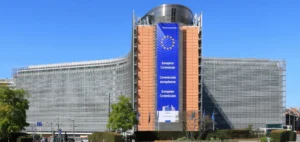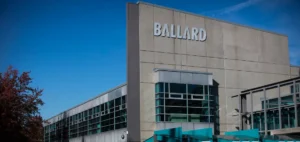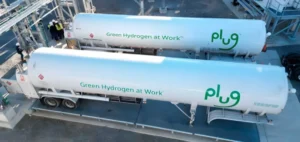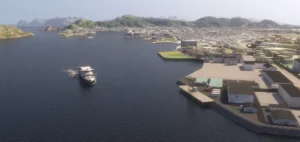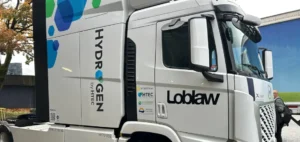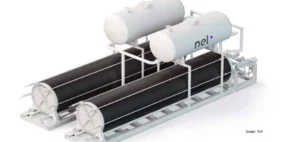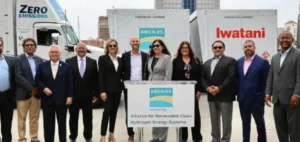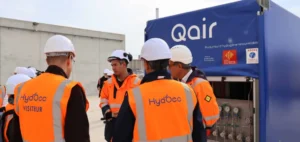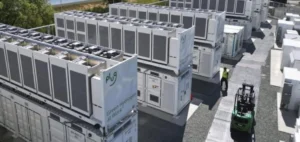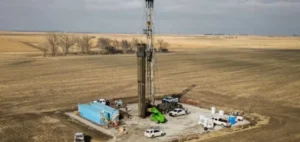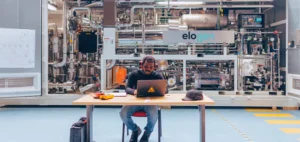The construction of a renewable hydrogen production and distribution station in Créteil is a strategic development for the French energy sector. Located next to SMITDUVM’s Unité de Valorisation Energétique (UVE), this station will produce one tonne of hydrogen per day by 2025, with investment supported by the European Union, the Île-de-France Region and ADEME.
A Structuring Project for SUEZ and Partners
H2 Créteil, an entity comprising SUEZ, SIPEnR and Banque des Territoires, is piloting this innovative project. Using the electricity generated by waste combustion, the station will produce hydrogen by electrolysis. SUEZ, operator of the UVE, will provide the land and resources required for this production.
The majority of the financing comes from SUEZ, supported by the legal and financial expertise of SIPEnR and Banque des Territoires. This partnership aims to strengthen the position of these players in the renewable energy market and create new economic opportunities. Despite the current political uncertainties, France is stepping up its investment in renewable hydrogen, via both public and private players.
A Competitive Advantage for Mobility and Energy
The local production of renewable hydrogen will fuel the fleets of heavy and light vehicles, both public and private, thus promoting low-carbon mobility. The Créteil site, ideally located near major roads and close to Paris, offers strategic access for hydrogen distribution.
This project is part of the national hydrogen plan, with an investment of 7 billion euros planned between now and 2030, aimed at promoting this clean energy and creating numerous jobs.
Economic implications and market opportunities
The new station will help to reduce energy costs for local players and improve the competitiveness of companies using hydrogen. Complementing existing infrastructures, such as the district heating network fed by heat from waste incineration, this initiative will strengthen the region’s energy independence.
The leaders of SMITDUVM, SUEZ and SIPEnR are emphasizing the importance of this station as part of their respective strategies for a sustainable energy transition, illustrating their commitment to developing innovative, environmentally-friendly solutions.
This innovative project is supported by several key players, including ADEME, the Île-de-France Region and the European Commission, and aims to transform the way energy is produced and consumed in the Val-de-Marne.



